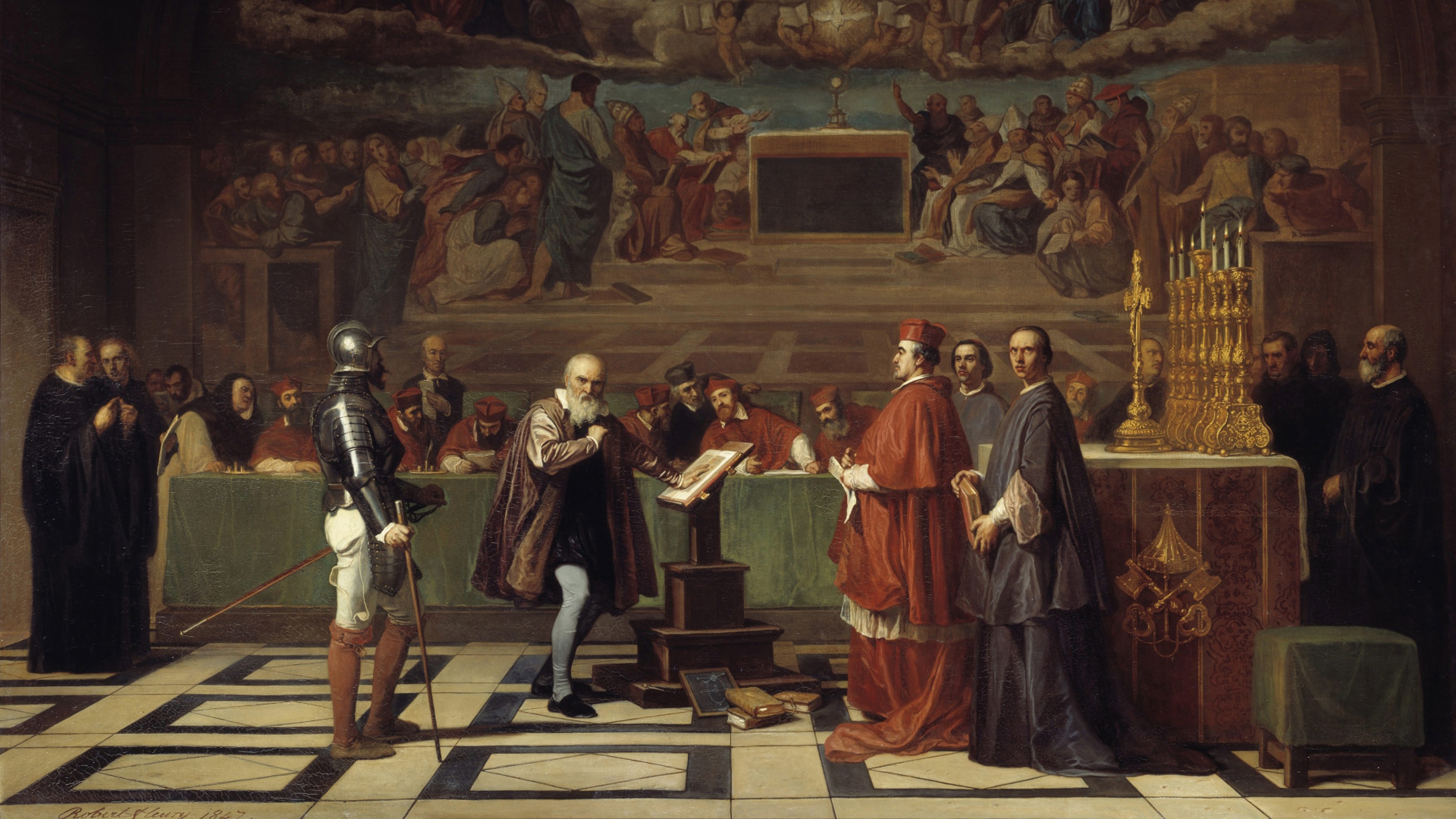Circumscribing civil liberties is an irreversible process, Yoshino says.
Problems with the war on terror:
Kenji Yoshino: When earlier in the conversation we were talking about broad irreversible trends in American society, and what the law is supposed to do with those broad irreversible trends, one of the broad irreversible trends that I see is the post 9/11 war on terror which is really never gonna end. I recently heard a conservative who I will not name trying to defend the Bush administration by citing a book that Chief Justice Rehnquist had writing saying that every time civil liberties have been conscribed, after the emergency is over they have expanded back again to their original boundaries. So there are two problems with this, right? I mean one is during war time maybe, when we most need civil liberties, right, for at least some very vulnerable people in this population. But then the other issue is that people are telling us that the war on terror is never gonna end. So even if we agree with Chief Justice Rehnquist’s characterization of history that civil liberties will be restored to us once the war on terror ends, if we’re also simultaneously told that the war on terror is never gonna end, this is not . . . this does not make for a happy prospect for contemplation. So for me I think that the biggest challenge is going to be, again, the balancing. So I made this move repeatedly that I’m sure you’re probably beginning to see that I’m a moderate, and that I tend to . . . And I actually attribute this in part to living in two cultures, which is that I can easily see both sides and both of the interests. And I think that so often we lose a lot in our American political debate by not giving both sides their due. When I teach the civil liberties cases in post-9/11, I actually flash up a slide to my class of the Twin Towers going down during 9/11. And then I flash up for them pictures of Gitmo. . . of Guantanamo Bay and the camps there, and the kinds of conditions of the camps there. So they need to see both of those pictures because that’s what we’re balancing, right? I mean people . . . The Bush government is not creating Guantanamo Bay for its own pleasure, right? And it’s not housing detainees there just because, you know, it feels like it and it wants to. It’s doing it because there is a genuine national security threat as embodied by these terrorist attacks. So you have to associate those two pictures in your mind. I think the challenge going forward is how to do that; is how to actually have national security without being paranoid and overreacting. I know that you’re also talking to Judge Posner. But one of the things that’s actually so interesting about his work is that he does try and balance the two claims against each other. And I think that he is . . . He has written this recent book called Not a Suicide Pact, which I think is very interesting in trying to balance it. Where I come up in terms of the balancing is different, but we’re basically on the same page in the sense that . . . at least in this sense, which is to say there are two equally powerful competing concerns here. There is, you know, irresistible force of national security. And there’s immovable object . . . at least what I hope is an immovable object, or certain dignitary rights that belong to individuals. And I think that that’s a great challenge that we have going forward. Recorded on: 11/11/07




